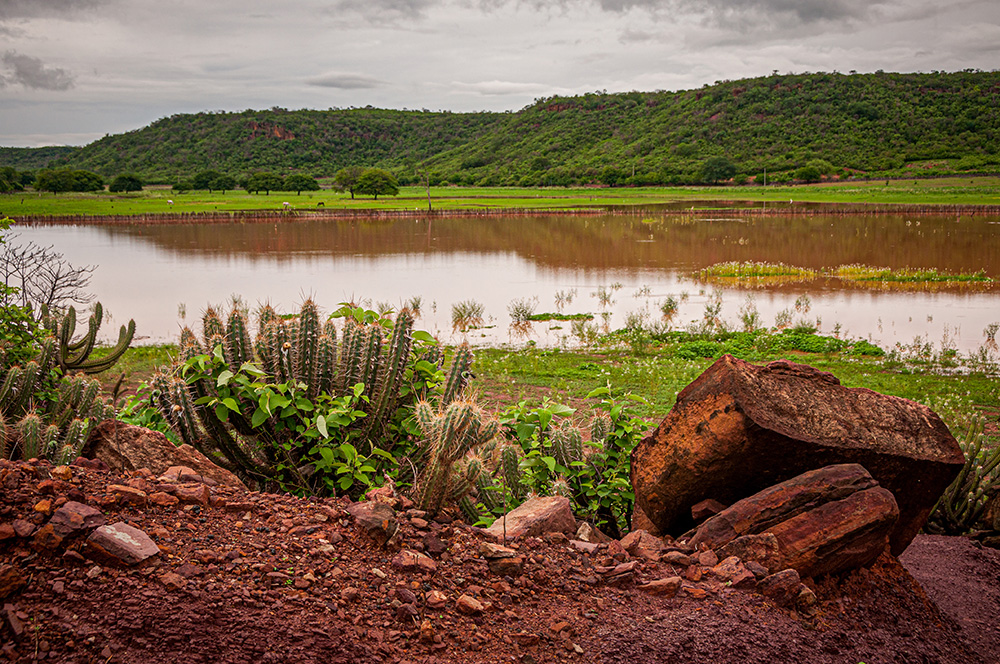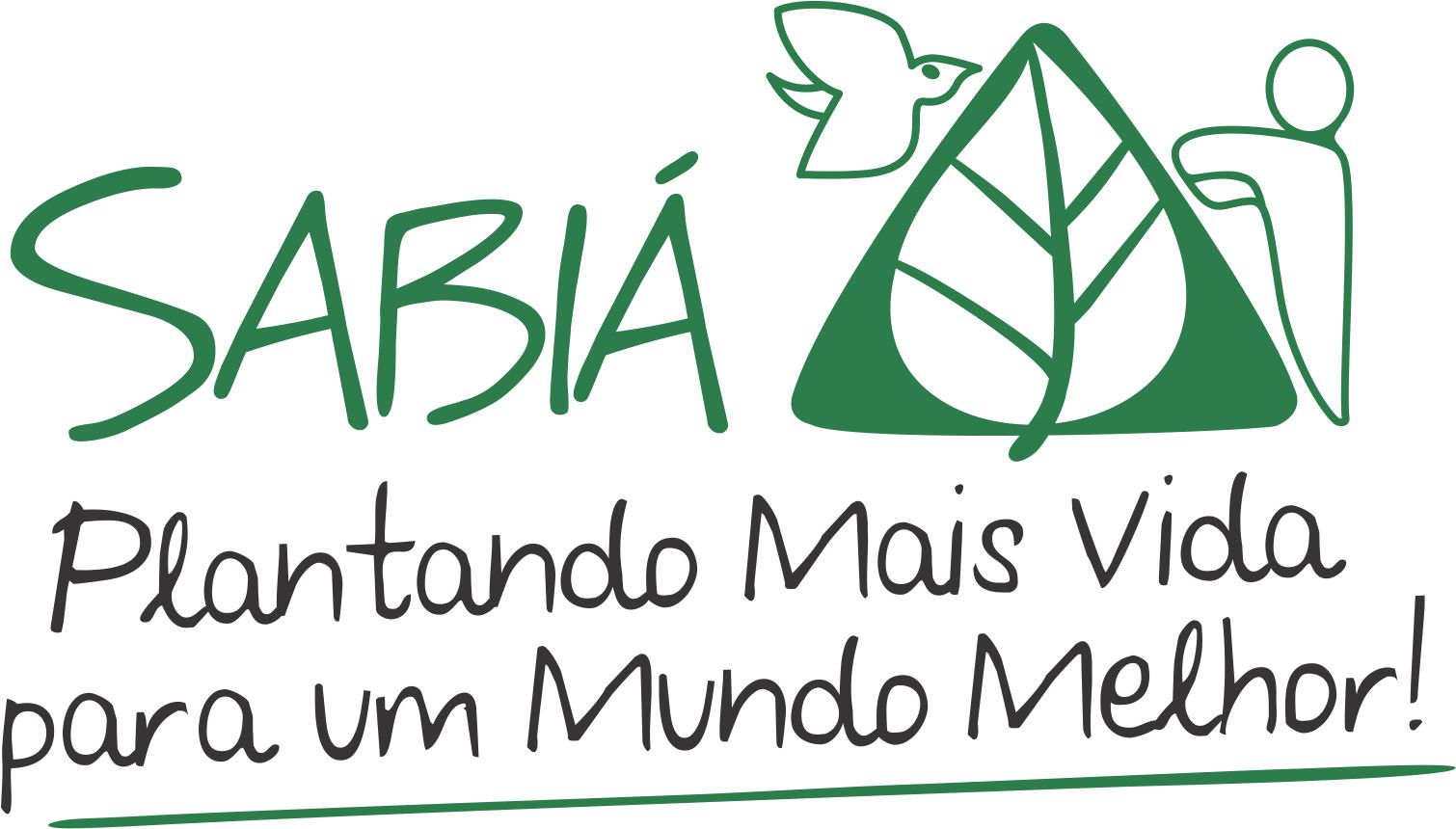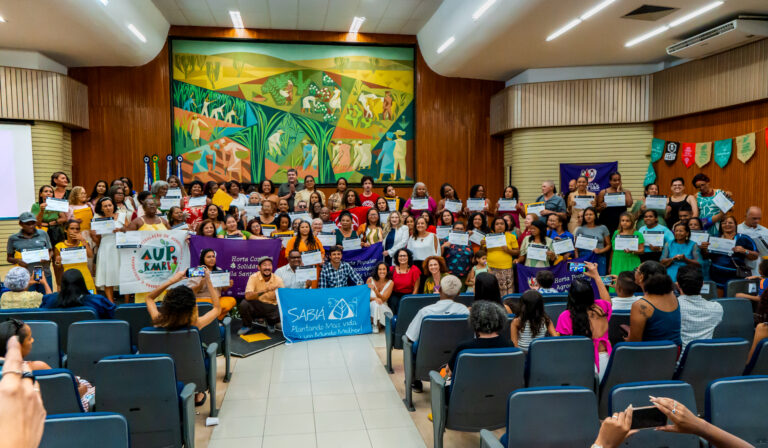Caatinga, guardian of water, springs and water sources
By Juliana Peixoto, Agreste Territorial Coordinator, Sabiá Center

Water is one of the fundamental elements for the survival of organisms in ecosystems. The gradual and permanent destruction of natural resources has increased the degradation and scarcity of water resources in many regions, particularly in the Brazilian semi-arid region, where the Caatinga Biome is found.
The Caatinga is marked by its rich biodiversity, occupies 10% of the national territory (IBGE, 2019), with rainfall between 400mm and 800mm, and has 232 Conservation Units (UCs). Conservation Units are areas to be protected and are divided into two groups: environmental protection and sustainable use.
The biome is the third most deforested in Brazil, and there are major threats that directly contribute to the desertification (loss of productive potential) of the soil, which affects around 13% of the Caatinga, according to data from the Satellite Image Processing and Analysis Laboratory at the Federal University of Alagoas (UFAL). Fires also impoverish the soil, raise temperatures and stimulate climate change.
Deforestation drastically influences protection against soil erosion, which, when exposed, hardens the surface layer and makes it difficult for water to seep into the soil, reducing its capacity to absorb and store water, as well as draining rivers and springs. The best strategy is to keep the Caatinga standing; conserving it brings many environmental benefits, such as the conservation of fauna and flora, soil and water.
According to the IBGE, today more than 54% of the Caatinga Biome is at a high stage of exploitation, negatively impacting on water resources that are heading towards insufficiency or have high levels of pollution.
All the water that exists in the semi-arid region, whether in lakes, ponds, rivers, streams or wells (shallow or deep), only comes from rain. But in order to produce water for the springs and fountains, vegetation is needed in the watersheds. It strengthens the soils and regulates the natural water cycle, which is so important for food production. It also holds the ravines in place, preventing the land from silting up the river channels and maintains the water sources throughout the year. The environmental service provided by vegetation is incalculable, a crucial point for guaranteeing water in the Caatinga Biome.
Nothing found.




